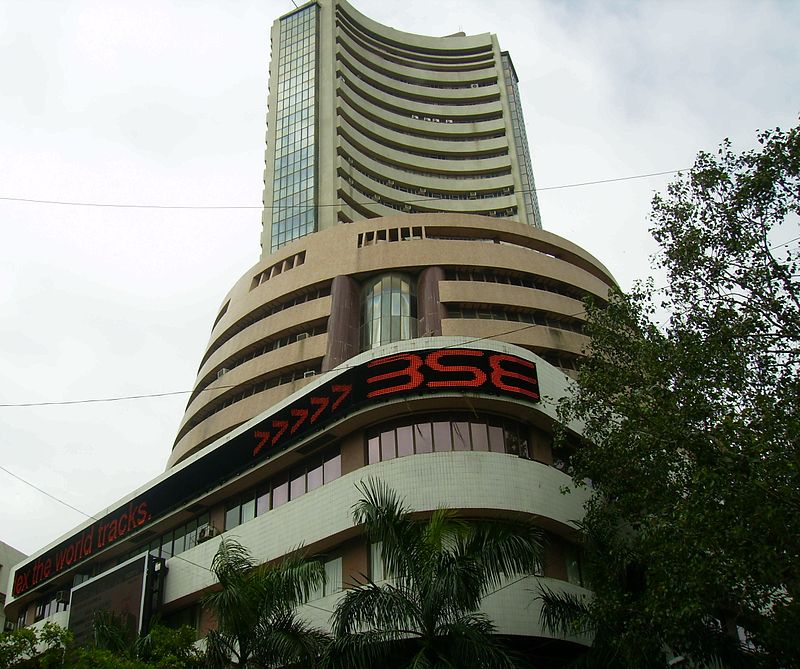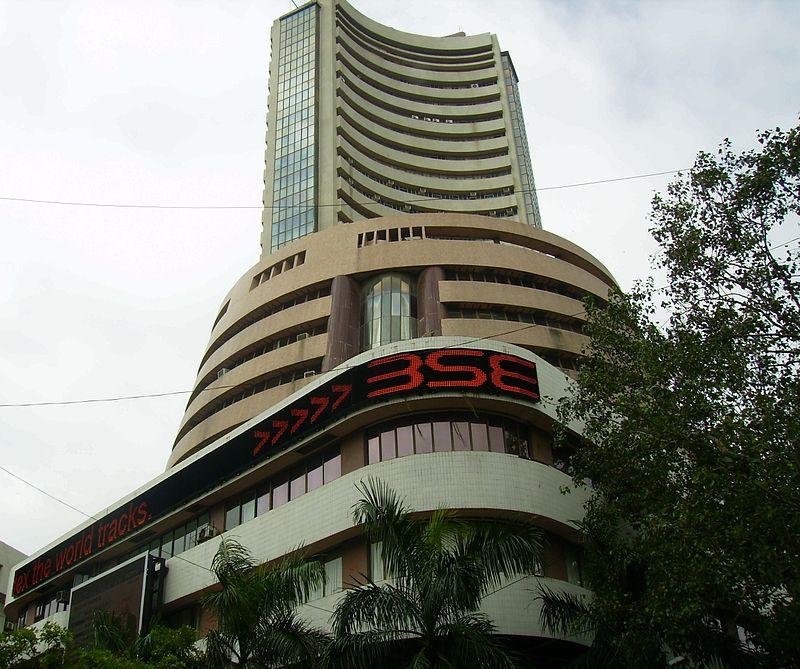Mumbai– India’s key equity indices — S&P BSE Sensex and NSE Nifty50 — closed flat on Monday, as mild profit bookings induced volatility during the trade session.
Both the indices opened on a positive note on the back of global cues, but remained range-bound throughout the day.
They finally ended the day’s trade almost flat as investor sentiments were impacted by a rise in WPI inflation gauge and a widening trade deficit on a YoY basis along with a rise in global Covid cases.
Globally, shares were mixed in Asia on Monday, with the specter of inflation weighing on sentiment and Chinese economic data surprising on the high side.
Similarly, European stock markets got off to a mixed start on Monday as rising inflation and increasing Covid cases weighed on investor sentiment.
On the domestic front, healthcare and FMCG stocks gained the most, whereas metals and telecom lost the most.
The 30-scrip Sensex closed at 60,718.71 points, up by 32.02 points or 0.053 per cent from its previous close.
Similarly, the NSE Nifty50 ended the day’s trade on a flat-to-positive note, gaining to just 18,109.45 points, down by 6.70 points or 0.037 per cent from its previous close.
“Nifty closed flat making a ‘Doji’ after an uprun. The advance decline ratio was in the negative, reflecting profit taking across small and midcaps,” said Deepak Jasani, Head of Retail Research, HDFC Securities.
“The Nifty is finding it difficult to build on the gains. Institutional flows and volumes need to grow to bring a follow through rise. 18,210 could be a resistance in the near term, while 17,978 is a support,” he added.
According to Siddhartha Khemka, Head, Retail Research, Motilal Oswal Financial Services: “Going ahead, the market is likely to take direction from global cues and might continue to consolidate in the absence of any major domestic events. Apart from this, investors will keep an eye on a slew of macro data that are expected to be released during the week globally.
“Investors would take cues from the US Fed as to how soon it would start hiking interest rates. Thus, long term investors could look to accumulate into any possible correction in a staggered manner while traders should follow stock specific action and keep strict stop-losses.” (IANS)







